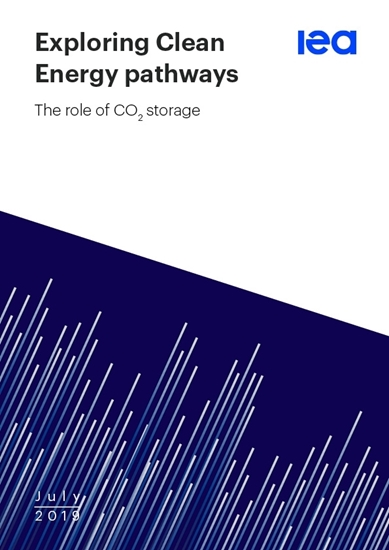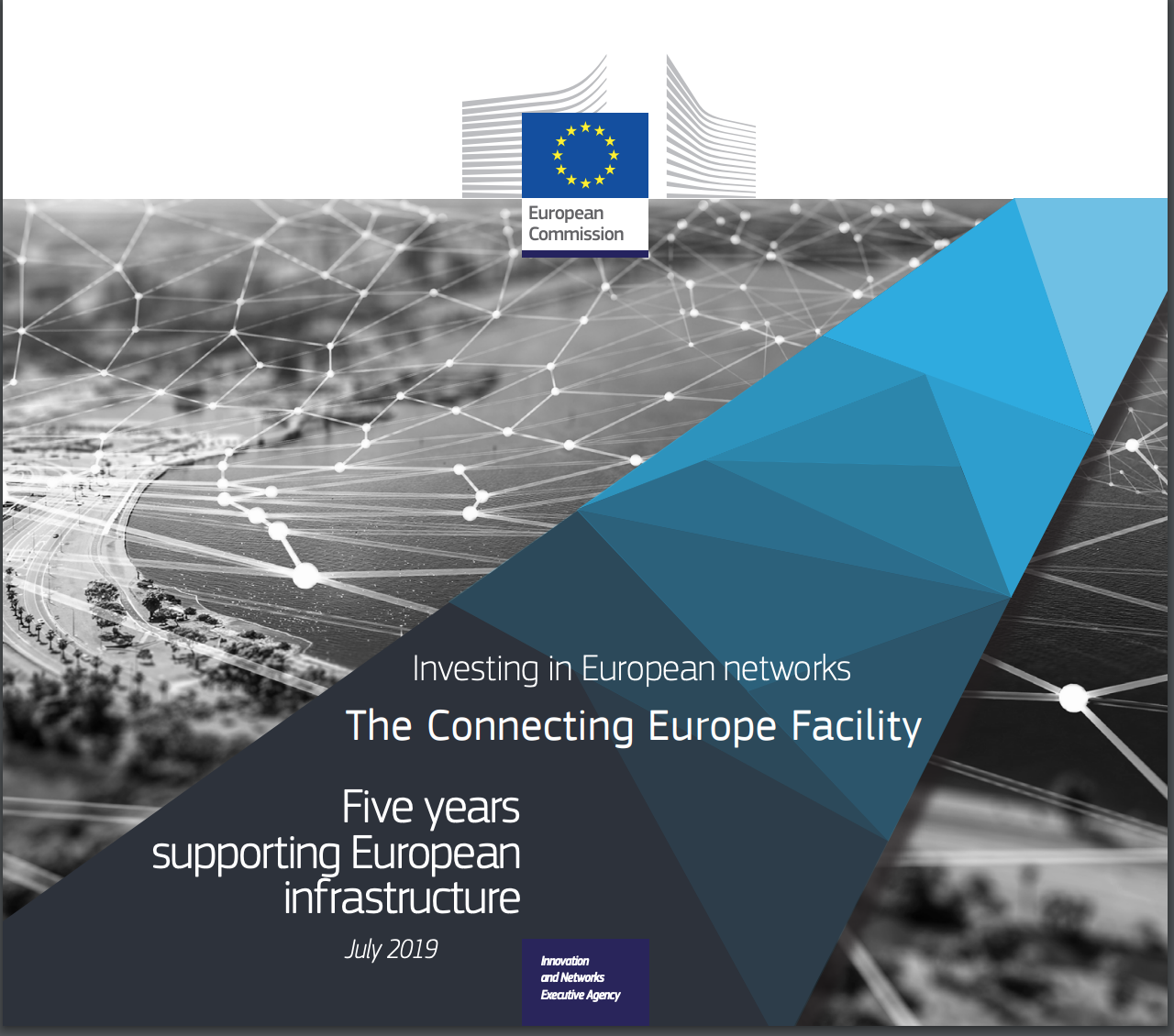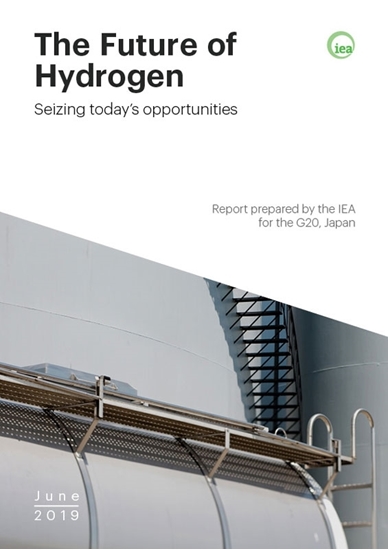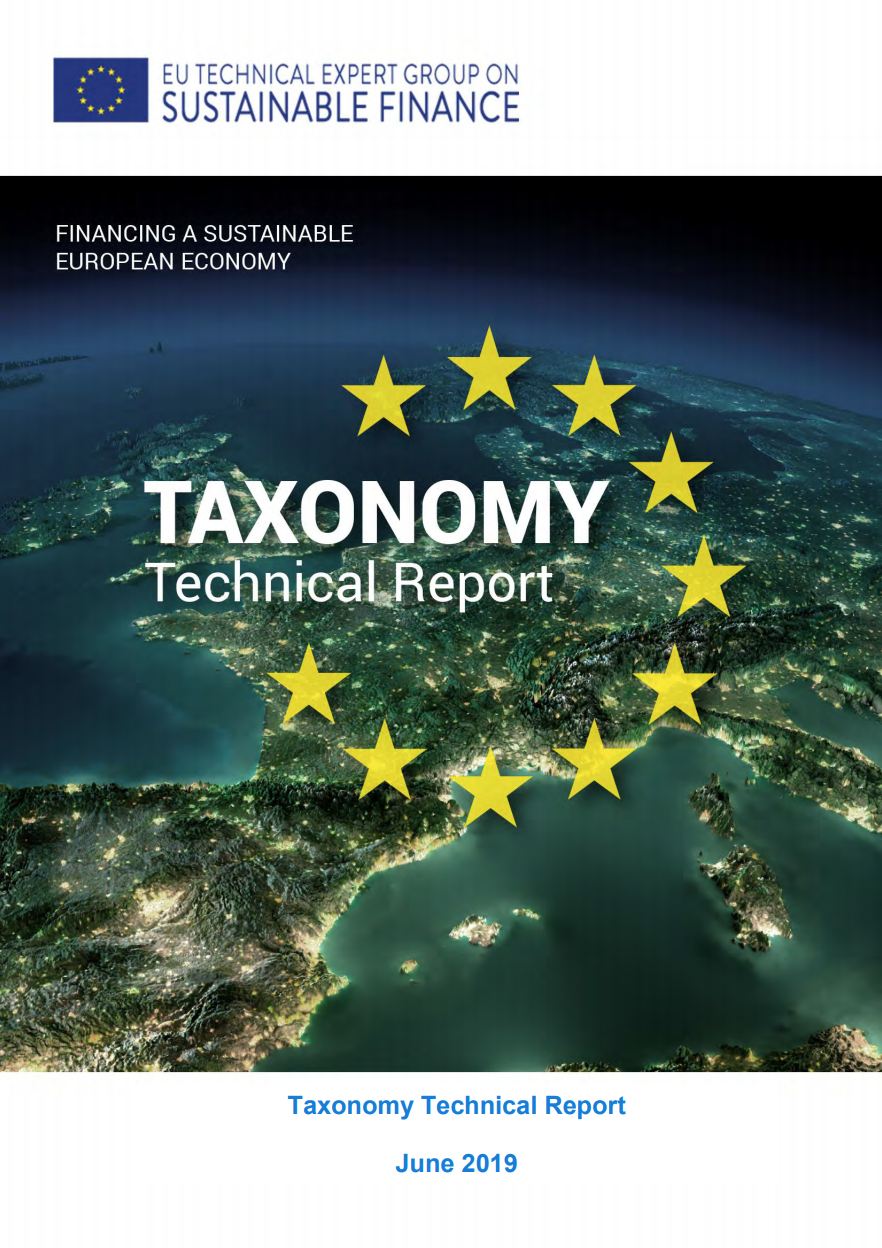The Zero Emission Technology and Innovation Platform (ZEP) is the technical adviser to the EU on the deployment of Carbon Capture and Storage (CCS), and Carbon Capture and Utilisation (CCU), a European Technology and Innovation Platform (ETIP) under the Commission’s Strategic Energy Technologies Plan (SET-Plan). ZEP would like to commend the approach developed by theContinue reading “ZEP response to Technical Expert Group (TEG) report on EU Taxonomy”
ZEP response to Technical Expert Group (TEG) report on EU Taxonomy





